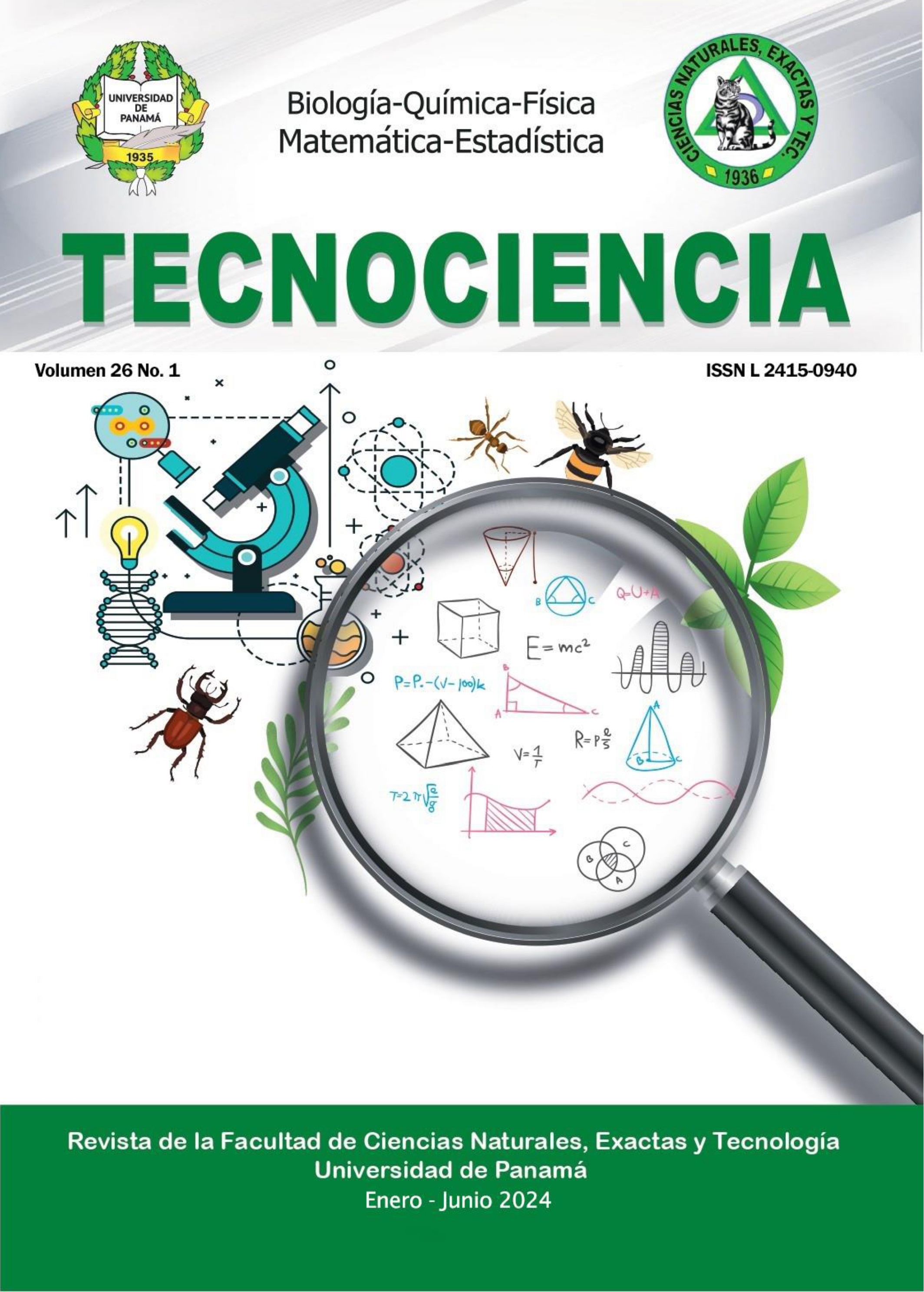

Derechos de autor 2024 Tecnociencia

Esta obra está bajo una licencia internacional Creative Commons Atribución-NoComercial-CompartirIgual 4.0.
Se compararon las características cualitativas y cuantitativas de membranas piezoeléctricas fabricadas con el polímero poli fluoruro de vinilideno, a través de la técnica de electro hilado (TEH).
Fabricamos membranas micro fibrosas del (PVDF), utilizando la técnica de electro hilado, en solución de Metiletilcetona (MEC) en una proporción de 2:1 y las comparamos con las fabricadas por otros autores, que utilizaron Dimetilformamida (DMF) como disolvente. Durante el proceso se aplicó una diferencia de potencial de 15,0 kV y se mantuvo la disolución viscoelástica del PVDF a una temperatura de 60ºC. La hipótesis de trabajo se basó en analizar la influencia del soluto del polímero sobre dos propiedades específicas: (1) el diámetro de las microfibras del material polimérico PVDF, sintetizadas a través de la TEH y; (2) en la formación de la estructura cristalina rotacional del polímero, específicamente en la fase piezoeléctrica beta (?).
Para caracterizar las muestras sintetizadas se utilizaron las siguientes técnicas:
La cara caracterización de las muestras obtenidas nos permitió encontrar que las propiedades de las membranas micro fibrosas del polímero PVDF, son afectadas por el solvente utilizado en el proceso de síntesis. Al realizar comparaciones entre membranas que solo utilizaron DMF como disolvente, con nuestras membranas fabricadas con el solvente DMF/MEC, se generó una mayor concentración de fase estructural piezoeléctrica beta (????) en estas últimas, las cuales poseen mayor aplicación en dispositivos generadores de energía.